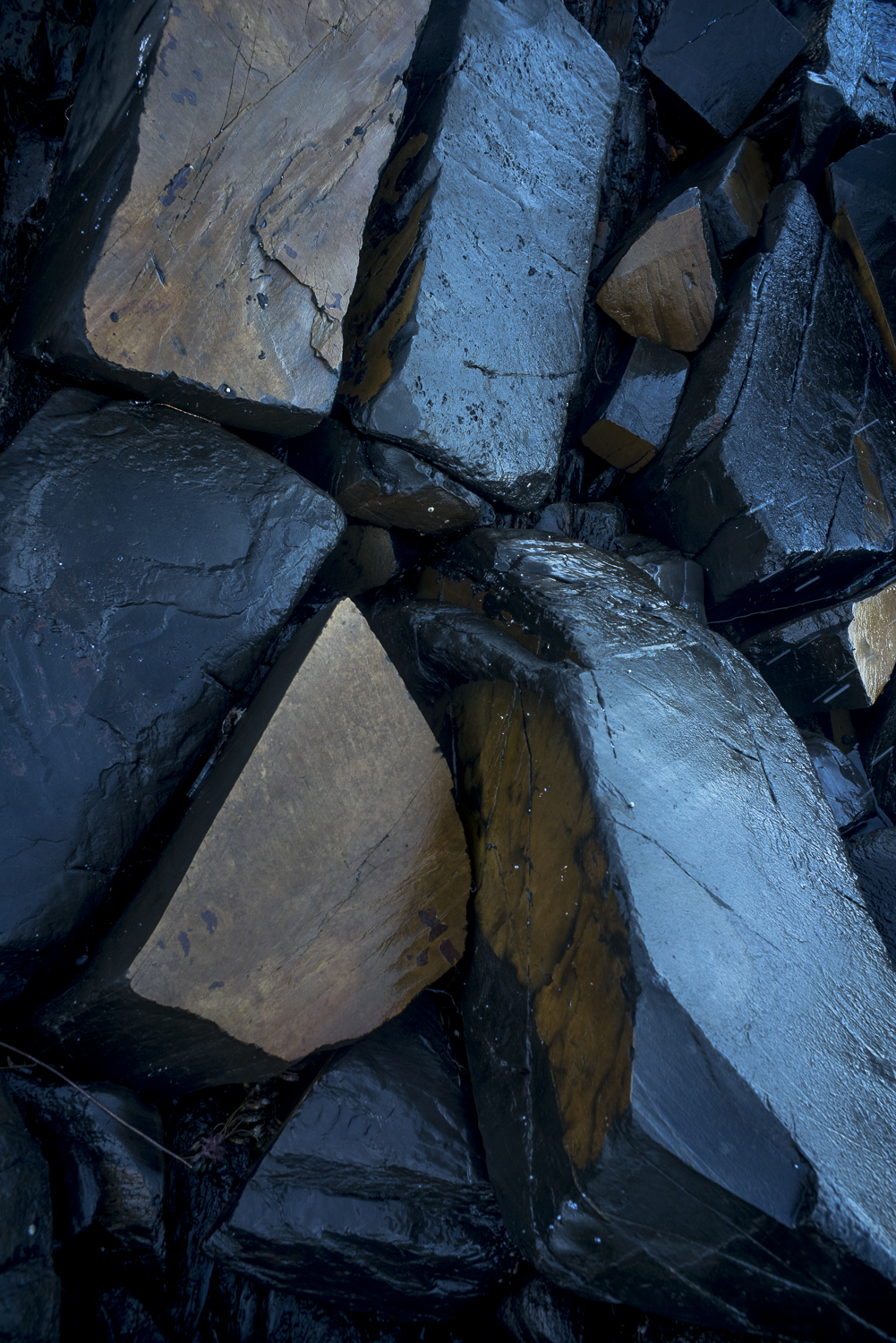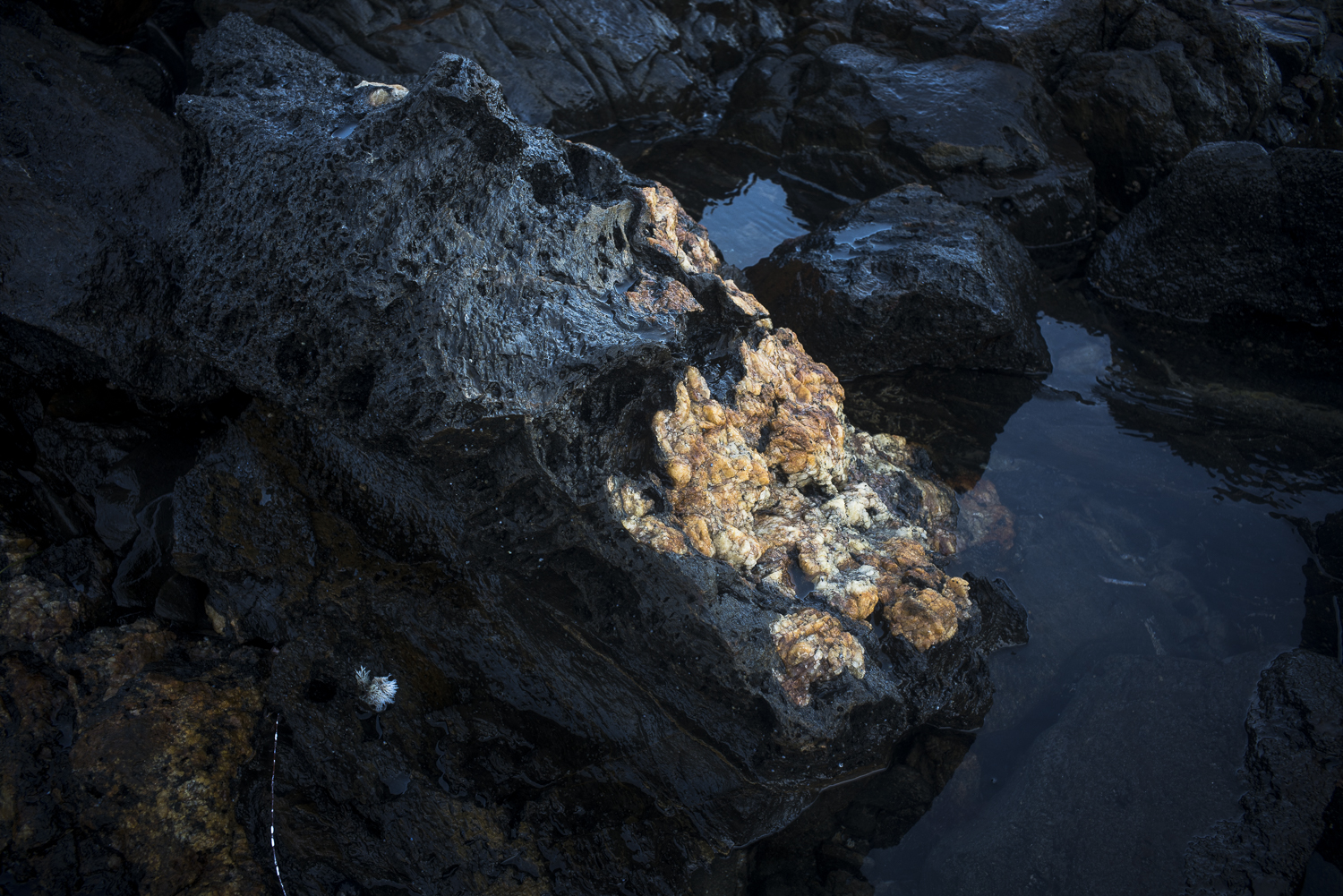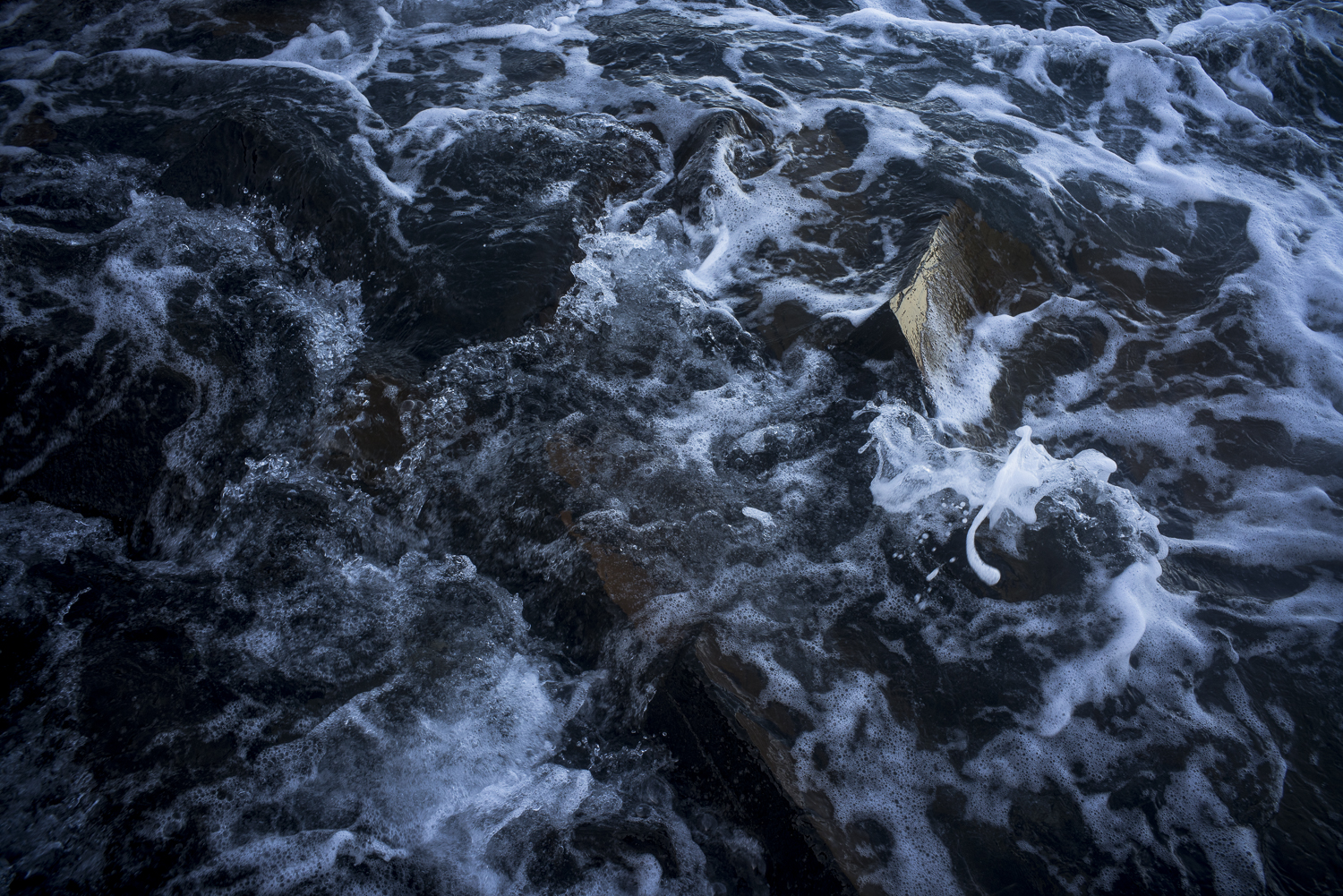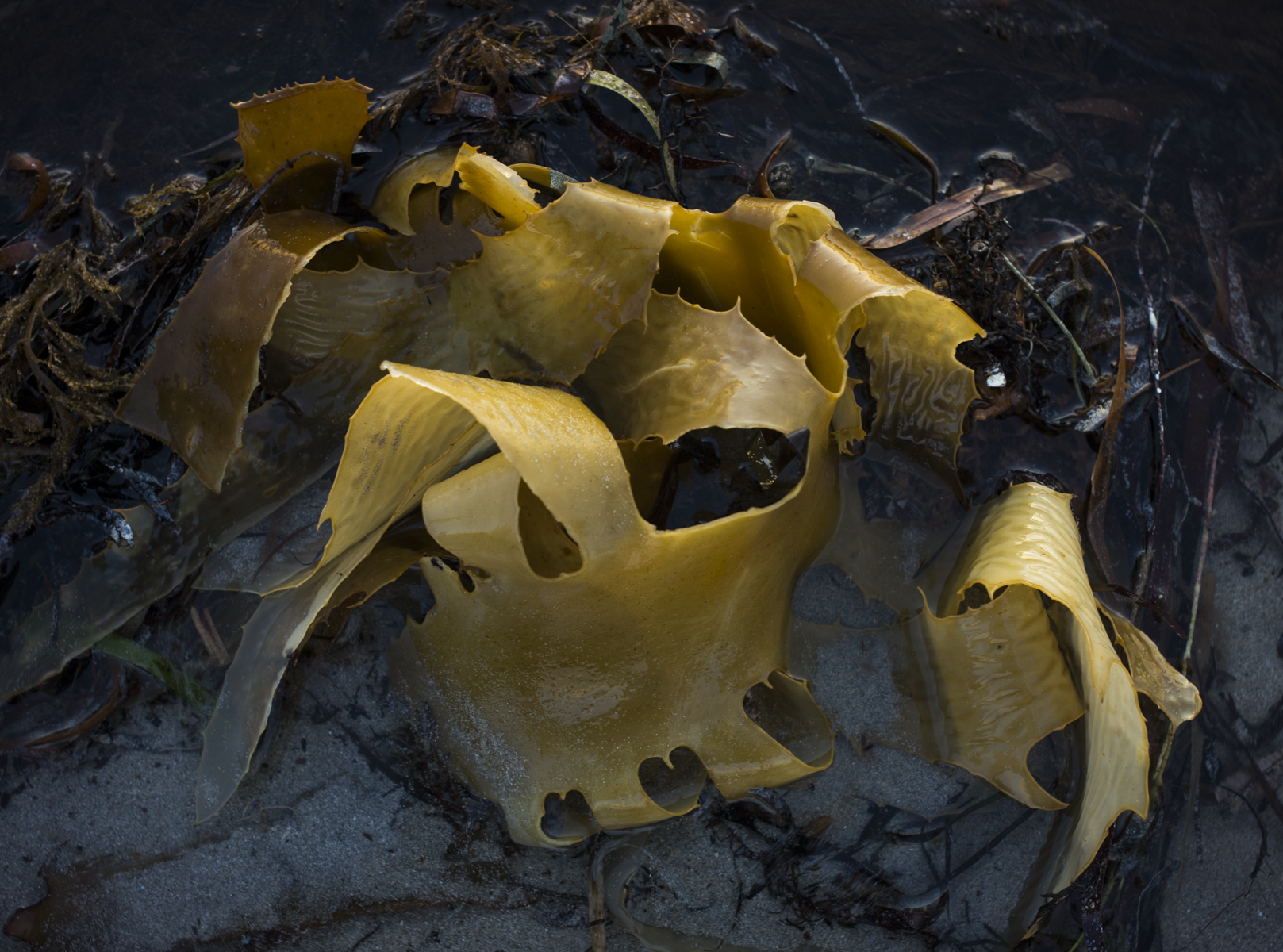The noticeably warmer days during this last week in August suggest that spring is arriving. The sun now rises before 6.45am and it sets just before 6pm. It is also warmer and have started going on the early morning and late afternoon poodlewalks without a coat. I am also now able to enjoy breakfast on the balcony in the early morning sun. I am sure that the wet weather weather will soon return.
Surprisingly, my poodlewalk photography during the cusp of spring/winter in 2018, when the light becomes special, is becoming darker:

The reason is not just the low light capabilities of the Sony digital camera. I spend a lot of time being in the coastal space of the southern Fleurieu Peninsula, but as I am isolated in Adelaide with this kind of photography, I have been searching to find what other artists representing coastal Australia in their work have been doing. I notice that some work in the dark mode with their explorations of impending storm clouds towering over the land or the wild stormy seas.
The dark mode appeals, and I have started looking at group exhibitions to find a visual affinity with the ways that some artists have approached representing the ocean, waves, rocks and sky.
My general approach has to avoid the timeless, the presence of a time eternal, or to capture the essence of place . I go micro:- focusing on the detail in the littoral zone –and then within that on the humble, the moment or the transitory:

Other artists that I have come across some like Sophia Szilagyi work in terms of equivalents–her seascapes are images of the way it feels to be in that particular landscape.
Caroline Rannersberger, in contrast, avoids the standard one fixed viewpoint, and uses multiple panel landscapes to represent the landscape with multiple and shifting points of connection or viewpoints across time and space. These paintings often focus on the sublime.
Some of my micro work suggests movement, or flow, to highlight the ephemerality or the moment within the littoral zone:

Most of the representations coastal landscapes that I am coming across are by painters. Rarely do I see work by photographers included in the various group exhibitions that explore ways of seeing coastal Australia.
For some reason photographers are on the outer of the commercial gallery’s rosters of artists. Is this because of the limitations of photography–eg, the camera would struggle to capture the light, subtle colours and shifting forms of coastal landscapes? Or photographs are snaps that lack an internal pictorial logic? Painting, it appears, has been set in opposition to digital photography.

